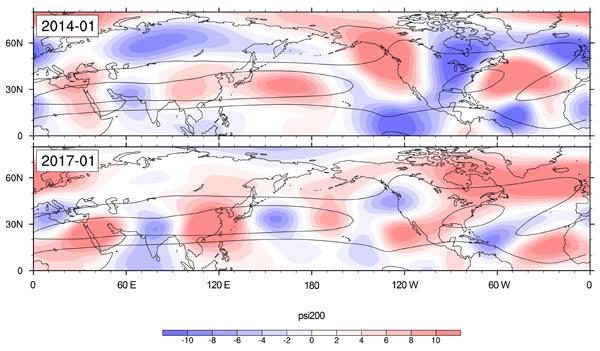OF THE
TIMES
Since Katrina, climate activists have beat a steady drumbeat warning of doom.... the science is extremely clear now, that warmer oceans make the average hurricane stronger, not only makes the winds stronger, but dramatically increases the moisture from the oceans evaporating into the storm - thus magnifying its destructive power - makes the duration, as well as the intensity of the hurricane, stronger.
Last year we had a lot of hurricanes. Last year, Japan set an all-time record for typhoons: ten, the previous record was seven. Last year the science textbooks had to be re-written. They said, "It's impossible to have a hurricane in the south Atlantic." We had the first one last year, in Brazil. We had an all-time record last year for tornadoes in the United States, 1,717 - largely because hurricanes spawned tornadoes.

Comment: See also the following report of the other attack referred to above: Shark bites Georgia woman off Florida's Atlantic coast